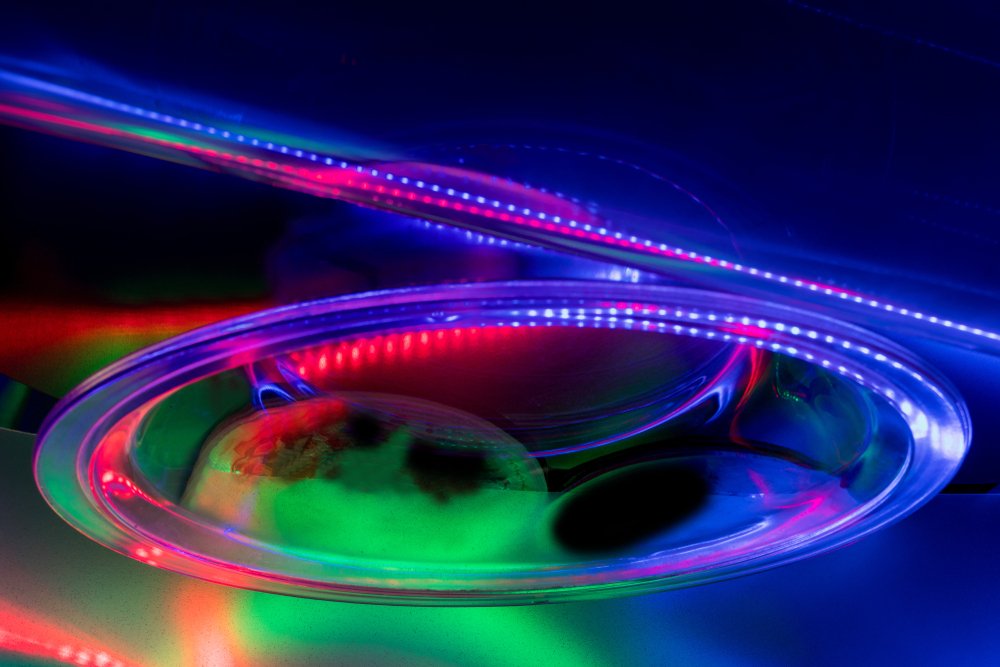
If you want to give your house a new appearance, changing the lighting is the fastest method to do it. Decorative smart lights may be used as both wall art and mood lighting. And that’s before we get to the smart features. Smart lights may be controlled from afar, through voice commands, or on a timer. Many of them can also pulse to music or provide drama to your TV or gaming setup.
We’ve tested everything from basic white dimmable lights to smart lamps with extra features like this light bar, which changes its brightness based on ambient light. If you read our led light strips with Wi-Fi buying guide, you’ll see how switching from regular incandescent lights to LEDs may save you money.
1. Integration with Smart Home Technology
When buying smart LED strip lights for your house, there are a few things to keep in mind. First, examine whether the light strip has to be connected to a hub. Unless you already own a suitable smart home hub, we suggest skipping the additional money and opting for a smart strip light that doesn’t need the use of another device.
The second thing to keep in mind is to choose a strip light that will work well with your current smart home setup. Models that work with Siri, Alexa, and Google Assistant were put to the test. However, not all strip lights work with all three of the most popular smart assistants.
Finally, although the majority of the lights utilize Wi-Fi, some solely use Bluetooth, and some can do both. Bluetooth connections are unstable and sluggish at times, so choosing LED light strips with Wi-Fi is a better option.
2. Smart Light Strips Installation
The sticky backing was present on all of the smart LED light strips we tested. Clean down, and dry the area where you’ll be putting the lights before you begin. If you skip this step, the grip on the rear of the lights may deteriorate, reducing their longevity.
On that topic, you may be asking whether the lights can be moved from one location to another. Yes, to put it simply. After the first installation, we moved each light strip to a different spot throughout our testing. Almost all of the strips stuck a second time without issue, but we wouldn’t suggest doing it more than once since the more you move them, the less they stick.
If and when your lights lose their stickiness, you may use heavy-duty double-sided tape for strip lights to replace the sticky backing.
3. Location of Strip Lights
This brings us to another issue to consider: plan ahead of time where you’ll need additional illumination. Smart strip lights may seem to be reserved for home theater setups, but the flexible and adhesive lights are a fast and simple method to lighten up a gloomy place in your house. The strip lights can be positioned around TVs and mirrors, along baseboards and door trim, on bookshelves and office desks, and under kitchen cupboards.
If you’re not sure where to put your strip lights, try placing them in a room of your house and taping them down gently. We suggest using mild tape that won’t harm the surface. Another thing to think about is if the light strips can be changed to fit the size of your room.
LED light strips with Wi-Fi are a flexible lighting solution that may be used practically any place in the home (but not outdoors). When it comes to holiday décor, smart strip lights are a popular option for lining the inner window sill.
